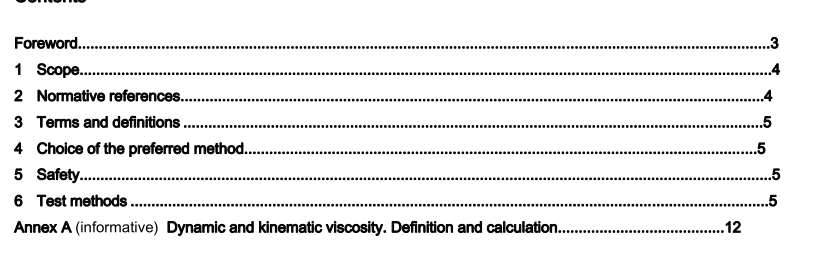BS EN 12092:2001 – Adhesives — Determination of viscosity

1 Scope
This European Standard specifies six methods which, experience has shown, are suitable for measuring the viscosity of a wide range of adhesives:
– rotational viscometer method;
– cone and plate viscometer method;
– falling ball viscometer method;
– glass capillary viscometer method;
– flow cup method;
– pressurised extrusion method.
This standard does not intend to describe equipment, which is unique to one manufacturer, rather it describes generic types of viscometer. The instruments described operate on very different principles making it inadvisable to compare results from one type of viscometer with those from another. However, results from different instruments of the same type should be comparable.
NOTE 1 Some modern viscometers incorporate integrated electronic measuring devices and have a high degree of automation. The user will not necessarily have access to (or need to know) full details of an instrument’s measuring systems. However, all viscometers are capable of being calibrated and, to conform to this standard, the viscometer used should be calibrated in the appropriate viscosity range before a test. Certified calibration fluids should be used for this purpose and evidence of calibration given with the test results.
NOTE 2 The properties of many adhesives are very sensitive to test conditions. It is important therefore that the test report contains comprehensive information on the conduct of the test.
2 Normative references This European Standard incorporates by dated or undated reference provisions from other publications. These normative references are cited at the appropriate places in the text, and the publications are listed hereafter. For dated references, subsequent amendments to or revisions of any of these publications apply to this European standard only when incorporated in it by amendment or revision. For undated references the latest edition of the publication referred to applies (including amendments).
3 Terms and definitions
For the purposes of this European Standard the following term and definition, together with those given in EN 923,apply.
3.1
viscosity
property of a material to resist deformation increasingly with increased rate of deformation
4 Choice of the preferred method
The preferred method shall be chosen according to the types and requirements of the adhesives used.
For Newtonian liquids with viscosity below 10 Pa·s, the method described in 6.5 is preferred. The alternative methods are given in 6.4 and 6.6.
For Newtonian liquids with a viscosity higher than 10 Pa·s, the methods described in 6.2 and 6.7 are preferred.
For non-Newtonian liquids the method described in 6.3 is preferred. The method given in 6.2 can also be used.
NOTE Newtonian liquid or ideal liquid is defined as a liquid characterized by a constant value for the shear stress divided by the rate of shear in simple shear flow and with zero normal stress differences.
Non-Newtonian liquid or non-ideal liquid is defined as a liquid not exhibiting Newtonian behaviour.
5 Safety
Persons using this standard shall be familiar with normal laboratory practice.
This standard does not purport to address all the safety problems, if any, associated with its use.
It is the responsibility of the user to establish health and safety practices and to ensure compliance with any European and national regulatory conditions.
BS EN 12092:2001 – Adhesives — Determination of viscosity